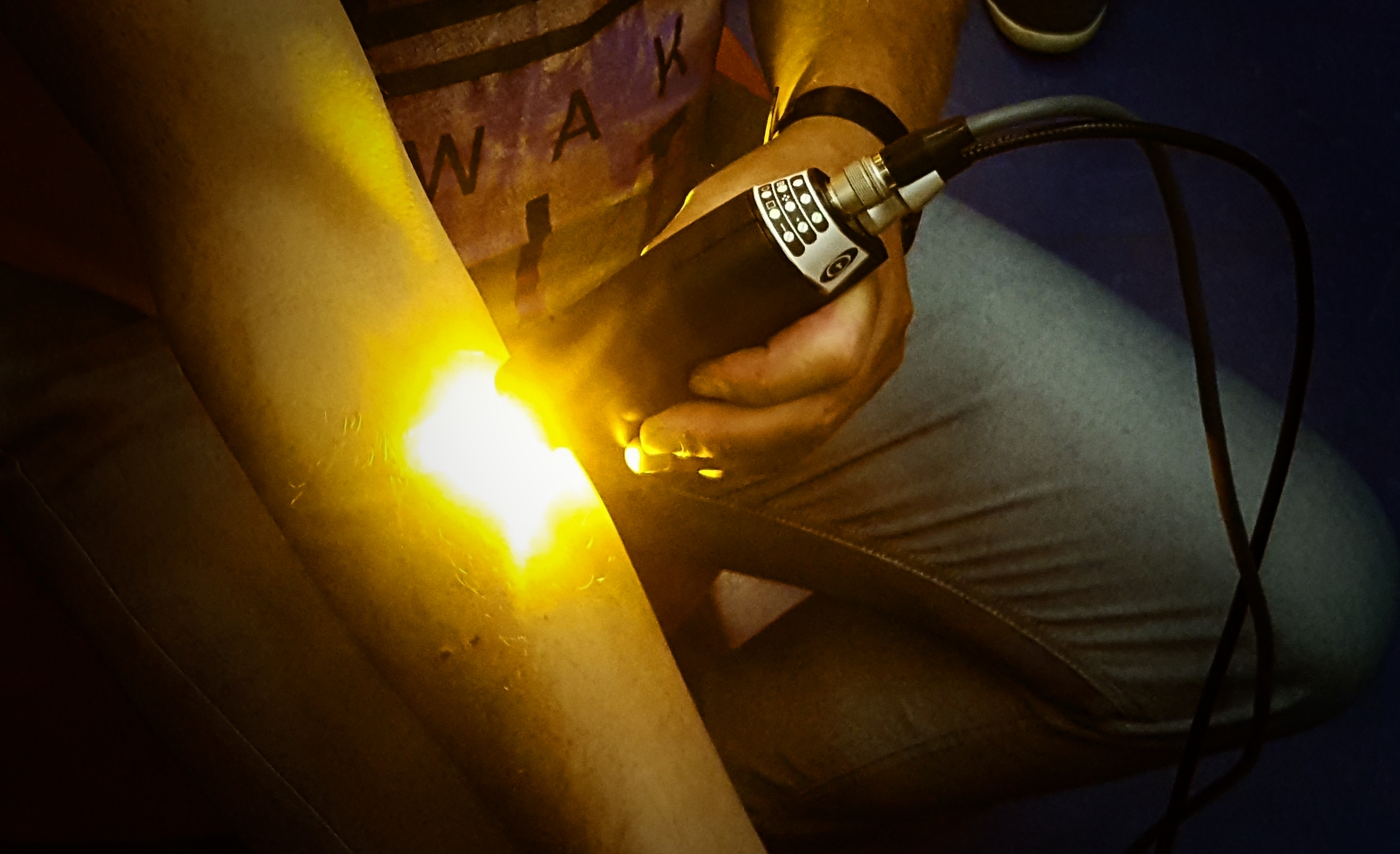Evaluation of the New Laser PHOTOLASE PLV-585nm for the Treatment of Rosacea |
Ongoing / closed: Ongoing Research type (rétro/prospective): Prospective, single blinded pilot study, monocentric & randomized. |
|
Synopsis: Erythemato-telangiectatic rosacea is a frequent dermatological condition, with a chronic and disturbing evolution that is characterized by redness, permanent erythema associated with telangiectasia or rosacea (visible and permanent dilatation of the small vessels). Rosacea is associated or not with flushing and there is always facial hypersensitivity, with sensations of burning and skin discomfort. To counteract the unaesthetic appearance of redness and eliminate telangiectasia, the use of laser can be proposed to the patient. Two types of devices are generally used, with some efficiency and no particular problem. These lasers each emit a different wavelength: the green KTP (Potassium Titanyl Phosphate) laser at 532 nm and the pulsed dye yellow laser with a wavelength of 585 or 590 nm but which is however quite expensive. So, this new yellow laser PHOTOLASE PLV-585nm could be a new treatment option for telangiectasia. |
|
Principal Investigator: Dr Céline DERMAUX LAVOGIEZ (Dermatology Dpt - University Hospital of Lille - France) |
|
Scientific coordinators: Pr. Serge Mordon (INSERM - France) |
|
Study Sponsor: University Hospital of Lille - France |
|
Primary endpoint: Comparison of the action of the PHOTOLASE PLV-585nm laser and the KTP Excel V 532 nm laser for improving the symptoms of rosacea in terms of reduction of telangiectasia score (TGS) at 2 months |
|
Secondary endpoints:
|
Evaluation criteria of the primary endpoint: Comparison of a 7-points scale (Telangiectasia Grading Score TGS) for both treatments measured at visit 3 (2 months) |
|
Evaluation criteria of the secondary endpoints:
|
Estimated enrollment: 20 patients |
|
Clinicaltrials.gov identifier: NCT03708263 |
|
Contact and location: Fabienne Lecomte, Inserm, France
|




